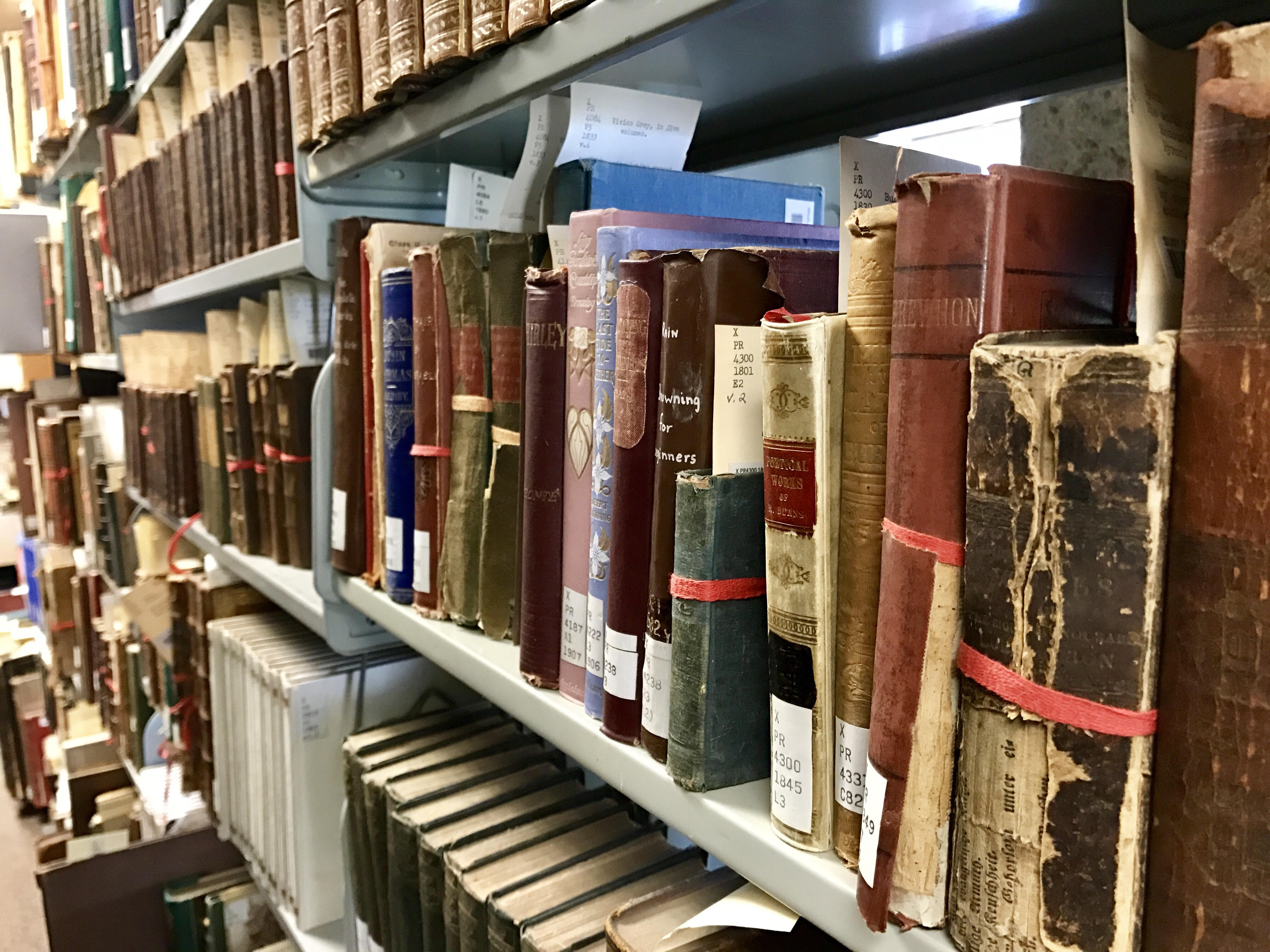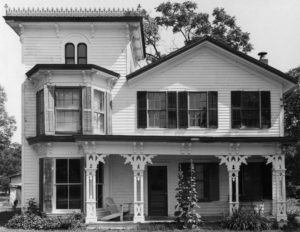
 [As told by Amanda Wentworth]: As someone who relatively recently became interested in the wonderful world of librarianship, it was not too long ago that the term “Special Collections” would’ve passed through the air over my head with no recognition and no further consideration.
[As told by Amanda Wentworth]: As someone who relatively recently became interested in the wonderful world of librarianship, it was not too long ago that the term “Special Collections” would’ve passed through the air over my head with no recognition and no further consideration.
Mentioning it to people around me now inspires a similar reaction.
In fact, my general notions about librarianship were relatively limited. When I thought of a librarian, I thought of someone sitting at the front desk of a library to scan books out, filling shelves, answering reference questions, and so on. What I didn’t know was that this is a rich and diverse field of work that manifests itself in a wide range of career environments. Librarians are the backbone to a professional society that demands amassing and retrieving information, and its storage, organization, and cataloging. Meaning, schools and universities are not the only places you will ever find a librarian. Any place that has records or data that need tending likely has a librarian to do so, from law firms to medical research facilities; everything in our present world revolves around information, to which librarians are the custodians.
While the image of a librarian might even seem “old-school” to our tech-generation that lives and works digitally, the librarian is arguably more essential to our academic and professional society than ever. Librarianship is moving seamlessly into the digital world, and, in fact, dominates it in many instances. Here at Geneseo, our librarians are cyber-wizards; masters of online research, data retrieval, digital guides, and more. Right before the semester began, I stumbled upon this article, which highlights the importance of librarians in avoiding the largely political and social issues revolving around fake news, and inspired my pursuit of this field even more.
In light of this, and given my own interests, further exploring the greater domain of library science seemed natural to me. There are a few areas of study that I could have based my internship in, specifically research and instruction, and Special Collections. When considering which path I’d take initially I thought, why not start with the aspect of academic librarianship that is most unknown to me? And thus my internship with Milne’s Special Collections began.
Although I didn’t have any personal experience with the Special Collections prior to my internship, it didn’t take long for me to find out just how valuable and useful they are on our campus. Geneseo’s Special Collections include several distinct collections, many concerning unique facets of the local and college community, as well as the rare books collection known as the “X” Special Collection. During my time at this internship, I’ve seen students, professors, and alumni utilize this resource for both research and nostalgia. Thanks to the organization and accessibility of the collections, as well as the knowledge and know-how of the librarians that oversee it, most inquirers easily find what they’re looking for. This is an example of reference, which is a large part of any librarian’s job, and has been a hands-on and interesting part of my own internship experience.
My other responsibilities involve collection management, and have included sorting and taking inventory of new collections as well as additions to existing collections, and selecting items to be considered for accession to a collection. As mentioned, modern librarianship is largely focused on the digital, and how the digital world can connect others through the sharing of information. So, naturally, my internship would have to reflect this growing aspect of a librarian’s skills. I’ve had the opportunity to work with New York Heritage, a digital repository created to give easy, free access to digital collections from various libraries and other cultural organizations in New York State, to digitize a portion of a collection found in Milne’s Genesee Valley Historical Collection: a series of photographs taken by Daniel Fink collectively titled The Architecture of Livingston County. I selected the images, scanned them, and input the metadata for each into a digital management system called CONTENTdm so that it could be uploaded into the New York Heritage site, to join other collections that have been contributed by Milne Library. I have also been collaborating on an existing project that requires extensive metadata work in a CSV file for thousands of photographs in the College Archives, for import into an Omeka website.
It’s clear that librarians with digital and technical skills are currently in high demand as our society dives further and further into cyber-world, in desperate need for skilled navigators of the information landscape.



